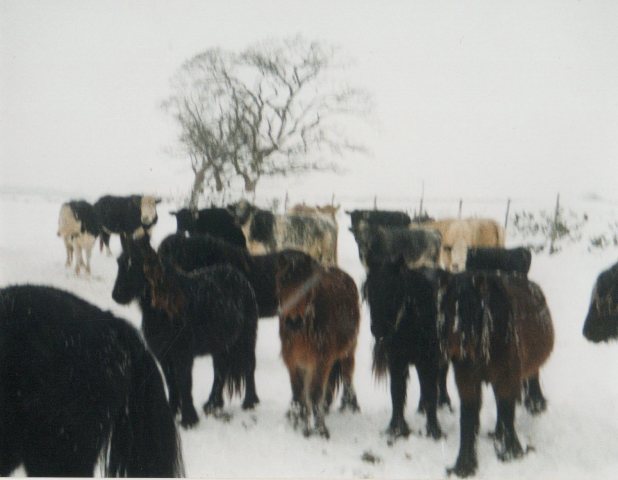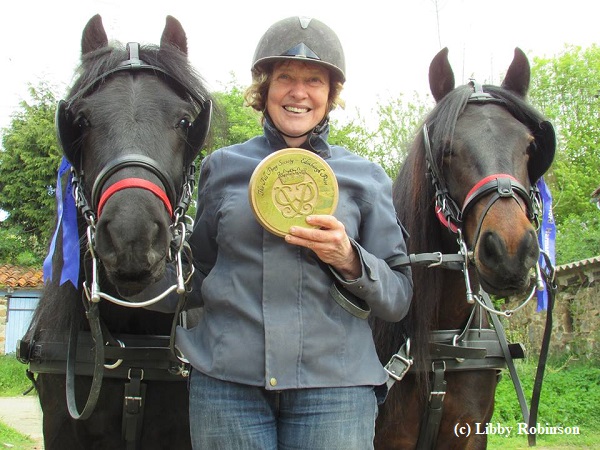The Good News for the Fell Pony about the Lake District World Heritage Site
/courtesy Bill Potter, Greenholme Fell Ponies
The Lake District National Park was awarded World Heritage Site status in July 2017. Many comments in the Fell Pony community since then have been critical of the process that led to the designation because the Fell Pony wasn’t included, in contrast to fell-dwelling sheep such as the Herdwick. Two people have told me, however, that the World Heritage designation is good news for the Fell Pony despite the breed not having been explicitly included. It has taken me several months of study to understand why they were so emphatic in their opinion. In short, the success of the Lake District bid for World Heritage Site status addresses one of the worst threats to keeping Fell ponies on the fell.
We all know the Fell Pony on the fell is threatened. It’s threatened by the declining number of hill breeders. It’s threatened by other hill farmers not wanting ponies on the fell. It’s threatened by the costs not matching revenue. But there’s another threat that’s probably the worst threat of them all. That threat is the belief by some people that the proper state of the fell is to have no domesticated animals living there at all.
This recent success of World Heritage Site designation for the Lake District was the result of a third application. The first application was made in 1986 and was as a mixed state of cultural and natural values. The second was in 1989 in the cultural category. The successful application submitted in 2016 was for cultural landscape which recognized the role of farming and industry in shaping the area, as well as the area’s impact on artists and writers and on the conservation movement.
The fells we have today, including the uplands of the Lake District, have largely been shaped by the presence and grazing of domestic animals. In an article in The Guardian, fell farmer Annie Meanwell describes what happens when domestic grazing animals are removed from the fell. “There are some areas near our farm that have ‘rewilded’ themselves where people did not have the heart to restock their sheep after the foot and mouth outbreak. These are now wildernesses of bracken and brambles, and I have never seen a single ‘eco tourist’ up there among the impenetrable vegetation. The views over Coniston Water have been obscured; although it is common land, it is now largely inaccessible.” (1)
From the perspective of the Fell Pony, it is the recognition of the role of farming and domestic animals in shaping the landscape and culture we know today that gives hope. Had the focus of the designation been instead on a natural landscape, then the future of domestic animals on the fells would be bleak.
While the World Heritage Site designation gives hope, work is required for the Fell Pony to benefit. Fell-dwelling sheep are well integrated into the Lake District National Park’s Farming initiatives. Sheep-related events are listed on the Park’s website. Given the Fell Pony breed’s part in the region’s cultural heritage both as a fell-dweller and the source of early horsepower for industry, the breed certainly can and should become a part of the World Heritage Site story. I believe it can be if we as a community want it to be.
Meanwell, Annie. “As a shepherd, I know we have not ‘sheepwrecked’ Britain’s landscape,” The Guardian, 21 Jul 2015, as found on 17 Oct 2018 at https://www.theguardian.com/commentisfree/2015/jul/21/farmers-sheep-lake-district-preserve-environmentalists?CMP=share_btn_fb
© Jenifer Morrissey, 2018
Information like this about the Fell pony breed can be found in my book Fell Ponies: Observations on the Breed, the Breed Standard, and Breeding, available internationally by clicking here or on the book cover.





















